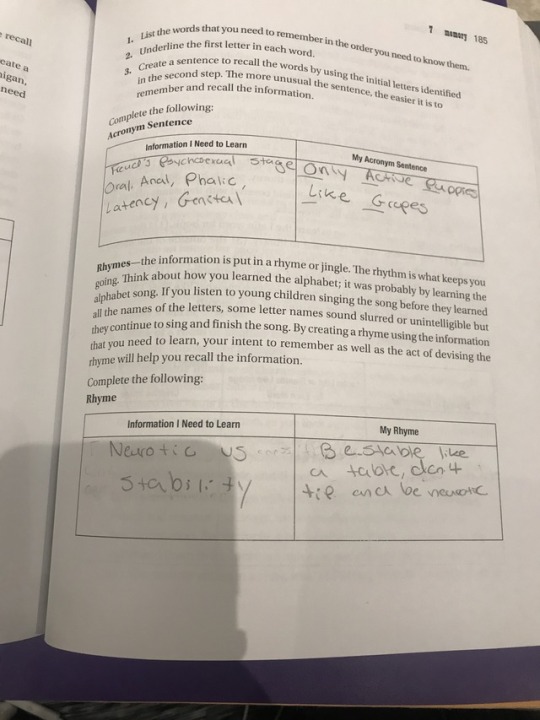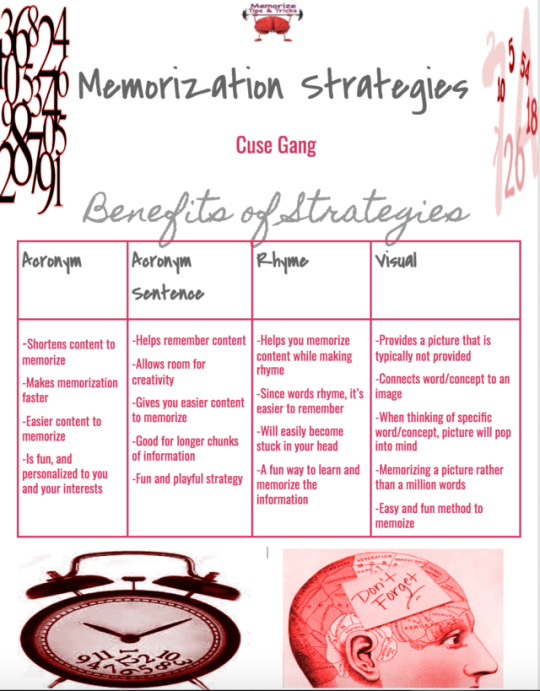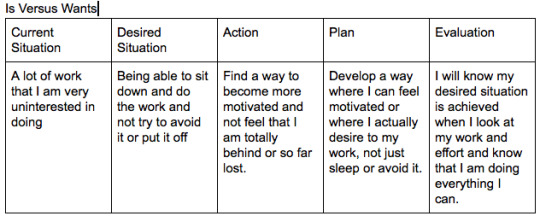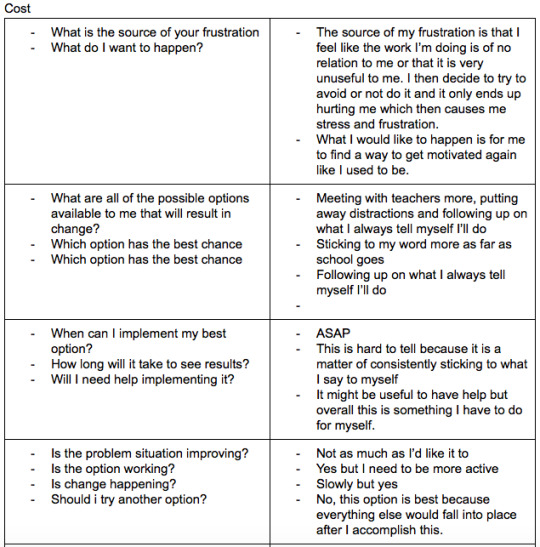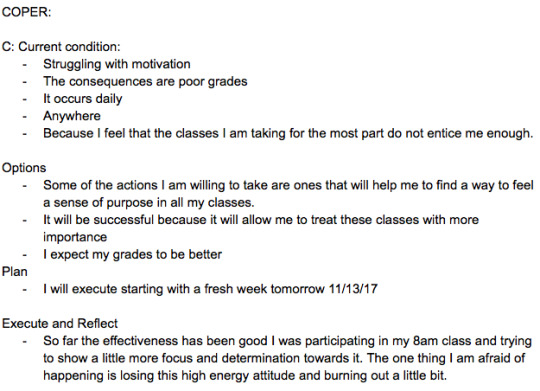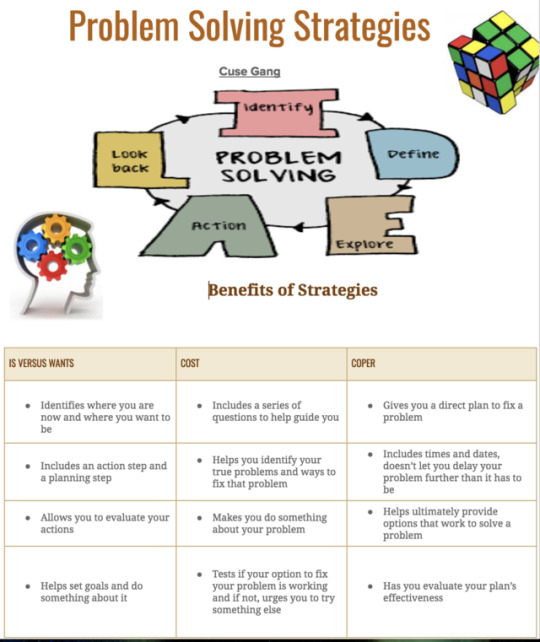Text
Jen EC Memory Palace
Memory palace
End goal is to know the components of GDP
Jennifer Kudenchak
I walk through the front door of my house and I see my mom and sister in line at a starbucks right in foyer trying to order coffee. This represents consumption happening.Then I walk past them and go into my father's office he is buying supplies for a company and hiring new employees to work for this new company. My father is representing the idea of investment he is investing into supplies and new employees. I then walk down the hallway where I hear a boom there in my TV room is a huge hole in my wall and a tank in front of the wall and soldiers surrounding it. This represents Government involvement as a component to the GDP. When I walk to my side door I see a package from Australia it is a pair of Ugg boots this represents exports because it is from a foreign country. The bag of freshly picked apples next to the box is from America meaning it represents an import. These are all the components that make up the GDP. All of these events occurring around my house are all a way for me to remember the GDP.
1 note
·
View note
Photo



Jen strategies Rhyme Acronyms Acronym sentence Visualization
0 notes
Text
Jen’s 10th Tumblr post
Tumblr#10
Jennifer Kudenchak
This weeks topic was all on memory strategies. Previous to this week's class on memory strategies I had never really gave any thought to my memory. In the past if I did not remember something right away my tactic would be to study it and just hope for the best when it came time to take the exam or test. I am hoping these strategies will help me find better ways to remember information instead of just hoping I remember it when taking the test. Hopefully these strategies will be beneficial to my learning. I tried four strategies this week. The four strategies I tried were Acronym, Acronym Sentence, Rhyme and Visualization. For all four of these strategies I used my economics class. I used economics as my class because economics not only is a class that I find difficult, but also a class with a lot of new vocab that I need help understanding and remembering what each word is, using the Acronym and Visualization strategies really helped me recall the words better and was very effective. Economics also has a lot of concepts that are new so using the Acronym Sentence really helped to remember the titles and what they are and also missing the rhyme benefited my knowledge greatly as well. One challenge with these strategies I had with these strategies was when making acronyms to make sure they were words or sentences that I will actually remember not just random so they can actually be beneficial to me. As a whole though all these strategies were beneficial and I enjoyed doing them and coming up with creative acronyms.
0 notes
Text
Callie’s 10th Post
Prior to the memory strategies I really struggled with remembering the aspects of work that I needed to memorize. I would sit down with flashcards and go through them time and time again in order to force my brain to remember what it was I was learning. One thing I would like to improve is the different ways that I can memorize so that the information is stored within my long term memory. The first strategy I tried was the Acronym. I used the acronym method for psychology, specifically, Piaget’s stages. The words I need to know are sensorimotor, preoperational, concrete operational and formal operational. The acronym I got from this was SCOPFO. Even though this isn’t a real word, I find it somewhat catchy and it has worked for me to remember Piaget's Stages so far. The only downside is that sometimes coming up with words is harder than random sentences. The next strategy I used was the Acronym Sentence. For this I used another section of psychology, this time it was Freud’s Psychosexual Stages, oral, anal, phallic, latency and genital. The sentence I came up with for this was Only Active Puppies Like Grapes. As silly as it sounds, this sentence helps me remember the stages because it is so odd. The only problem with this is it takes time to come up with specific sentences. Although, I found that once you get a sentence, it is easier to remember everything since you have to process all of it, therefore, it automatically gets stored in your long term memory. The next strategy I used was my least favorite, it was the Rhyme strategy. This takes the longest to make and the more information you have to memorize, the harder it is to come up with a rhyme. The last strategy I used was Visualization. I used this for history and remembering differences between two specific people. I drew pictures that relate to what both men believed in allowing me to visualize the situation. This made it significantly easier for me to recall the ideals of historical figures. Overall, these strategies were extremely helpful, specifically the Acronym Sentences because it’s easy to come up with sentences and easy to store them in my long term memory.
0 notes
Text
Sophie Adams- Memory Palace
Imagine yourself opening up the bathroom door and instead of seeing the crackling back wall where the shower rested next to, you see the Sun all the way in the distance. The bathroom has grown in size and in front of you are all the planets lining up in order until ultimately reaching the Sun. Closest to you, where typically your floor mat by your door would be Neptune. Slowly replacing other objects in your bathroom, as you go further and further in are all of the other planets. You go down the whole line and walk by Uranus (your sink), Saturn (your towel rack), Jupiter (your toilet paper stand), Mars (your toilet), Earth (your painting of a rubber duck taking a bath) (now being a painting of Earth), Venus (your full body mirror), and Mercury (being your shower). Instead of all the objects you are used to, your bathroom turned into a solar system and the back wall was the hot, burning Sun.
1 note
·
View note
Text
Tumblr Post #10: Sophie Adams
This week we tried memorization strategies, and I hope to gain knowledge on different ways to memorize information when I’m studying and most importantly find truly helpful ways to do so since I often have trouble memorizing information. The first strategy I tried was called an “Acronym”. I have used acronyms in the past and always tend to use them while studying and think it’s very helpful in memorizing certain things. The acronym I made was FITT, helping me memorize the short points being Frequency, Intensity, Time, and Type. This was for my health class and really helped me group these four points and recognize that these refer to being fit, or FITT. The next strategy I tried was an “Acronym sentence” which is also another strategy I use frequently to my advantage, for I enjoy this strategy and find it helpful. The acronym sentence I made was “Carl makes blueberries”, helping me to remember the things that improve with fitness training being cardiorespiratory fitness, musculoskeletal fitness and body composition. The next strategy I tried was called a “Rhyme”. I didn’t enjoy this strategy that much considering it requires a lot of effort into making a rhyme which can be a challenge, but people who are more musically invested would enjoy this strategy more. I can turn to other strategies to make up for my lack of interest in the rhyme strategy. The rhyme I ultimately made for this strategy was to help me with determining the right amount of physical exercise and went like this: “Fitness overload, find the correct amount to put you in a mode. Too little, progress will be brittle. Too much, you’ll end up in a crutch.” The fact that it rhymes is really why this strategy is helpful in helping memorizing information.The last strategy I tried was called “Visualization”. This strategy helped me connect images to specific words. For example, one word I wanted to memorize was “mesomorphic” which means to be muscular and/or stocky. So, I drew a picture of a very muscular man to help me connect the word to the image. Some challenges with these strategies could be that people may rather prefer to just strictly remember the material and not extra things like acronyms and pictures. In that case, these people can result to studying strategies rather than memorization strategies, and result to other methods like flash cards or something.
0 notes
Photo

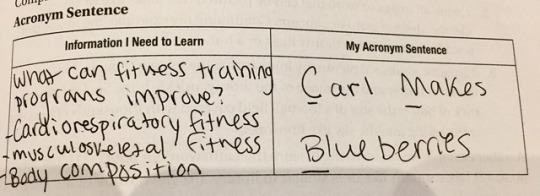


Sophie Adams 4 memory strategies: Acronym, Acronym Sentence, Rhyme, and Visualization Strategy
0 notes
Text
Callie’s 9th Post
Prior to learning about the problem solving strategies I would usually just let my problems linger instead of solving them head on. Whether or not they were academic or life related I never really had a strategy to work my way through the issues at hand. In the future I would like to be more proactive and face these problems directly through the new methods we learned in class this past week. The first one I used was the Is Versus Wants table. This allowed me to describe my issue, decide what I want to get out of it and or fix it. Then it made me come up with a helpful plan of action and evaluation after I completed the chart. This helps me to see all of my general options and come up with a specific plan in order to work through it. One downside to this method is that it is not very specific or in other words, it is as specific as what you make of it. THe next strategy I used was the Coper chart. This was similar to the Is Versus Wants table in that it allows you to come up with a plan for your current problem. The primary difference is that there is one column labeled “options” where you can come up with different options in order to solve the specific problem. The only issue with this way of problem solving is that you have to figure out a way to execute the plan as one of the steps which can be tricky. The last method I used was the One Step at a Time chart. This chart was much more specific than the other two. It had a column for the consequences that could occur due to the specified problem as well as wasy to fix it. It laid out many more options so that you were not conformed to solving the problem one way. Some people find that multiple options on way of doing things can be too much sometimes, therefore, this strategy is not for everyone. Overall, the problem solving strategies were extremely helpful and will hopefully assist me in procrastinating less, going to bed on time and focusing.
0 notes
Text
spencers tumblr post
Previous to this week I did not deal with problems very well. Whenever a problem came up I would just ignore it and hope I could carry on without addressing it or anything. From these strategies this week I am hoping to find a better way to deal with problems when they come up. The three strategies I used were Is Versus Wants, Cost and Copper. Each problem I used for a different problem I had that week. For Is versus Versus Wants I used it for my problem with procrastination. For Cost I used it for studying for my Probability and Statistics test because I usually don’t end up studying for that and don’t do as well as I could if I studied. For Cost I used that strategy for picking classes for next semester because there are a lot of problems with scheduling what classes I need to take that are required for next semester. For the most part all of these strategies I found very helpful. I a challenge I found was following through and actually thinking about all the consequences about the problem and not avoiding it.
0 notes
Text
Jen’s tumblr post
Tumblr #9
Jennifer Kudenchak
I truthfully believe that prior to this week's experiments in problem solving I never really gave it any thought. Whenever there was a problem in the past I would do nothing and just hoped it figured itself out with time and if it did not then I would deal with that when it happened. Something I would like to improve upon would be finding a better way to approach and deal with problems when they do arise in my day. As a whole I tried three strategies. I tried the strategies Is Versus Wants, Cost and Copper. Each strategy I found helpful in its own way. For Is Versus Wants I found it very beneficial that the strategy had a step where you make an actual plan as to how to solve the problem and then you evaluate the plan to see if it was beneficial. I used this strategy when dealing with procrastination. When I used the Cost problem solving strategy I found it to be one of the more challenging strategies because it required a lot of in depth thinking and had many questions which I thought was excessive for the problem I was dealing with, which for me was scheduling an appointment with a college advisor before I leave for break. The last strategy I tried was Coper. I benefited greatly from Copper and think it really helped with my problem which was studying for my Probability and Statistics Exam. Copper was helpful because it had a really good step by step way on how to solve the problem which was really helpful to see visually. The strategy's as a whole worked really well. Some challenges I faced all together was not brushing off a problem as something minor like I usually do, and actually being proactive about it and taking care of it and creating a plan on how to resolve it before it becomes an even larger problem.
0 notes
Text
Tumblr Post #9-Sophie Adams
This week we tried Problem Solving Strategies and the benefits I hope to gain include finding better ways to solve my problems and ultimately seeing results and actually solving my problems. The first strategy I tried was called “Is Versus Wants”, in which you identify your current situation and your desired situation. In this strategy I identified three challenges which were my want for a perfect GPA, wanting to make more friends, and my problem with procrastination. The benefits from this strategy include taking an action step and doing something about these problems, and then evaluating whether it worked or not. Some challenges however in this strategy include that it may be hard to take action or be successful within an action; for instance I can make one of my actions to study harder and still receive a bad grade. To better this situation, I could maybe try a different action step that is more effective like seek help, although that is also not a guaranteed perfect solution as well. The next strategy I tried was called “COST” which included a bunch of questions in which I had to answer in regards to my problems and possible options to take to solve these problems. One benefit I found was that this really helped me evaluate in specifics the depths of my problems. The challenge I chose to focus on in this strategy was getting a perfect GPA and my action step was to get a tutor for my hardest classes, being Astronomy (which I did). It also helped me narrow down which options were best to solve my problems. A challenge in this strategy may be that it is too in depth for some people, for it has so many questions: however to fix this, these people can just try a more simple strategy. The third strategy I tried was called “COPER” and this strategy included stating your current condition, giving yourself options to help with your current condition, a plan to fix your condition(with a set date and time) and an reflection. This was beneficial because this method actually had me set an exact time to execute my plan and forced me to truly follow-through with the option I chose to solve my problem, in this case being my procrastination. A challenge for this strategy may be that because this strategy gives you room for giving yourself a lot of options to fix your problem, it may get overwhelming and you may wish you had less options so you can truly focus on one option and implement it. So, a solution to this would simply be not to overthink and not to give yourself more options than needed.
0 notes


